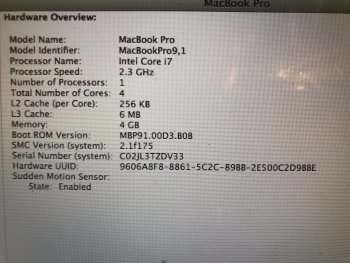I've searched everywhere for the answers to these questions! I'm stuck. Please help.
Firstly, I'm partitioning my 1TB SSD to allow me install Mountain Lion, Yosemite, and Catalina on the same drive. I'd like all my files to be on the Catalina partition, apart from specific software which only function on Mountain Lion and Yosemite. Would it create a slower performance if the software is having to access files that are saved on another partition?
Secondly, if I use Disk Utility to clone my old HDD to the SSD will it copy the free space? If not, how can I clone the HDD without cloning the free space?
There was a third question but I've forgotten what it is..
Anyway - Thanks for reading Any advice is greatly appreciated
Any advice is greatly appreciated
Firstly, I'm partitioning my 1TB SSD to allow me install Mountain Lion, Yosemite, and Catalina on the same drive. I'd like all my files to be on the Catalina partition, apart from specific software which only function on Mountain Lion and Yosemite. Would it create a slower performance if the software is having to access files that are saved on another partition?
Secondly, if I use Disk Utility to clone my old HDD to the SSD will it copy the free space? If not, how can I clone the HDD without cloning the free space?
There was a third question but I've forgotten what it is..
Anyway - Thanks for reading


